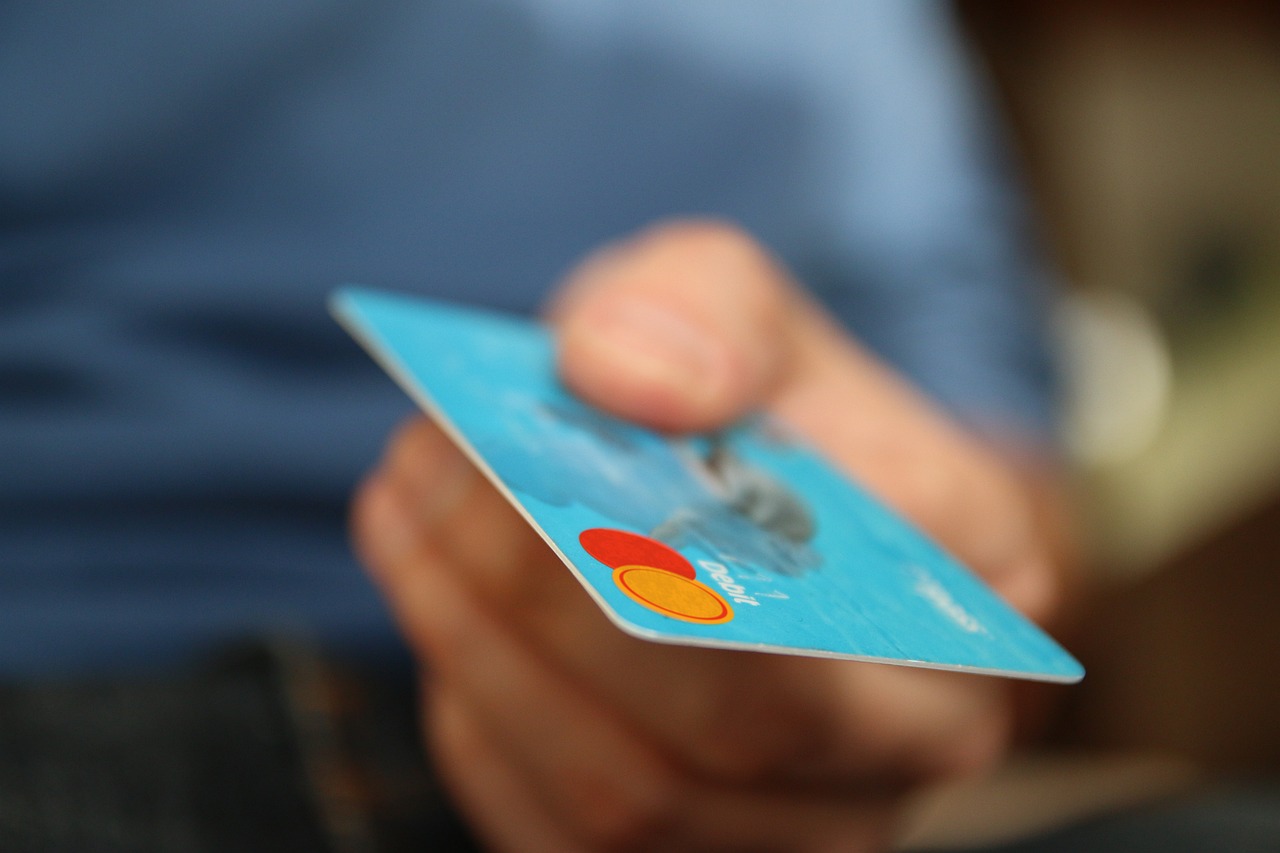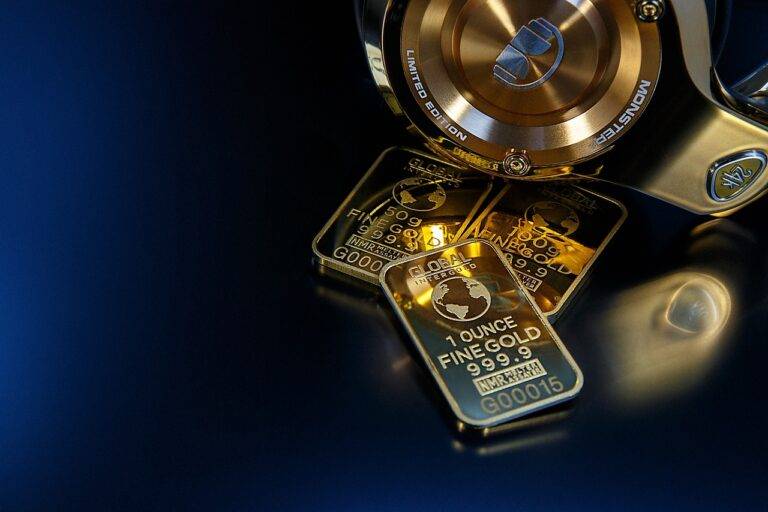The Power of Emotional Design in Product Development
Emotional design plays a crucial role in product development by tapping into the feelings and perceptions of consumers. When products are designed with emotions in mind, they have the power to create a more meaningful and engaging user experience. By incorporating elements that evoke positive emotions such as joy, trust, or excitement, companies can establish a stronger connection with their target audience and differentiate themselves in a competitive market.
Moreover, emotional design can significantly impact consumers’ decision-making processes. Studies have shown that emotions play a key role in shaping individuals’ preferences and influencing their purchasing behaviors. By understanding the emotional responses evoked by design choices, companies can tailor their products to resonate with consumers on a deeper level, ultimately driving sales and fostering brand loyalty.
Understanding the Role of Emotions in Consumer Decision Making
Emotions play a significant role in influencing consumer decision making. When making a purchase, consumers often rely on their feelings rather than rational thought processes. Emotions such as joy, fear, or excitement can drive consumers towards a particular product or brand.
Marketers have tapped into the power of emotions to create impactful advertising campaigns that resonate with consumers on a deeper level. By appealing to consumers’ emotions, brands can establish a strong connection and foster loyalty. Understanding the emotional triggers that drive consumer behavior is essential for developing successful marketing strategies and creating products that truly resonate with the target audience.
Why is emotional design important in product development?
Emotional design is important in product development because it helps create a deeper connection with consumers. Products that evoke positive emotions are more likely to be chosen over competitors, leading to increased sales and brand loyalty.
How do emotions influence consumer decision making?
Emotions play a crucial role in consumer decision making by influencing how individuals perceive products and brands. Positive emotions can lead to increased motivation to purchase, while negative emotions can deter consumers from making a purchase.
What are some examples of emotional design in products?
Examples of emotional design in products include Apple’s sleek and minimalist design, which evokes feelings of sophistication and innovation. Additionally, the use of bright colors and playful fonts in children’s toys can evoke feelings of joy and excitement.
How can businesses leverage emotions in their marketing strategies?
Businesses can leverage emotions in their marketing strategies by creating advertisements that evoke specific emotions, such as happiness, nostalgia, or fear. Additionally, businesses can use storytelling and customer testimonials to create an emotional connection with consumers.
How can businesses measure the effectiveness of emotional design in their products?
Businesses can measure the effectiveness of emotional design in their products through consumer surveys, focus groups, and sales data. By tracking consumer reactions and purchasing behavior, businesses can determine the impact of emotions on consumer decision making.





